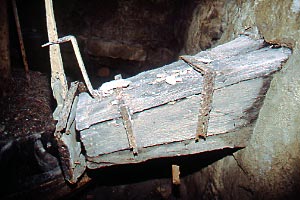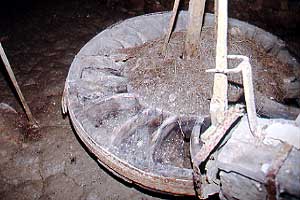
Ribera de Vall

The mill is on the Barranco de Sobrecastell which flows to the Río Noguera Ribagorzana which forms the border between the provinces Huesca and Lerida.


The mill is on the Barranco de Sobrecastell which flows to the Río Noguera Ribagorzana which forms the border between the provinces Huesca and Lerida.
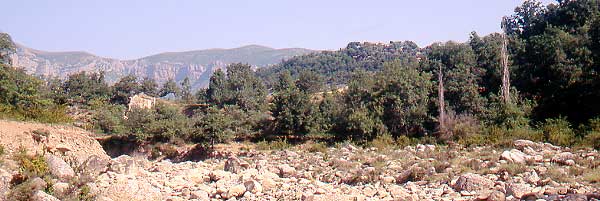
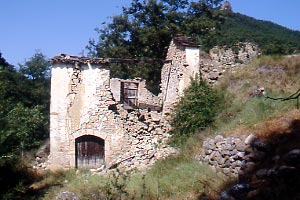
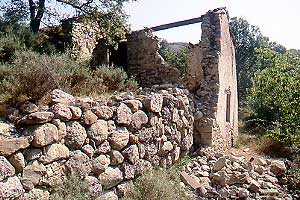
We recognize a crane to lift the stones, some planks from the sides of the dustcover and parts of an old corn sifting and cleaning machine (3, 4, see also Yésero).
The mill is built against the pond which is level with the roof (1, 8). The embalse is enormous. You can appreciate its size in 8 which shows the whole site from aside: the white stroke points to the mill and the red one to an adult person.
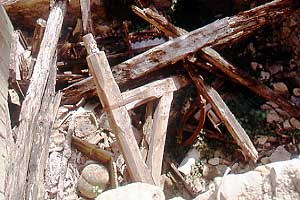
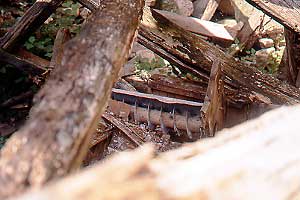


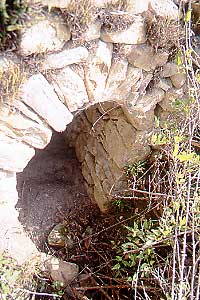
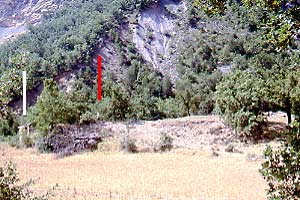
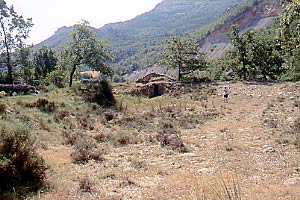
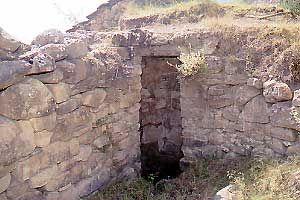
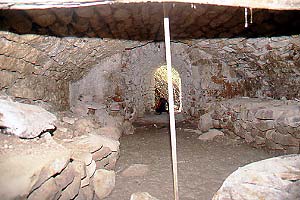
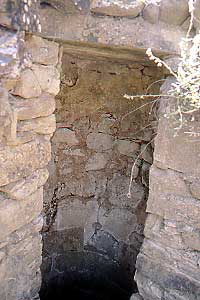
The water leaves the cubo a couple of meters below the floor of the pond. And this brings us to the inner sanctum of the construction: the cárcavo.
The outlet was hidden behind thorn bush below the eastern wall (6). But we seldom set out without proper tools and before long the opening was freed (7) and we could jump and crawl inside.

